Review of Feel Like Going Home
Introduction
This is one of seven films that comprise the complete: `Martin Scorsese Presents The Blues: A Musical Journey`. It was an interesting concept. Scorsese initiated and curated the project, and indeed Directed one of the movies. But he also gave six other Directors a set of DV-Cams, a limited budget for archive material and post-production - and carte blanche to go discover the blues for themselves. "Our goal was never to produce a definitive work on the blues. It was to create highly personal and impressionistic films," said states Martin Scorcese. Released here and in the US as either individual movies, or as a deluxe box set comprising all 7 DVD`s that each include the movie and a variety of compelling extras. There`s been a lot of interest in these releases since they first aired in the USA (on PBS - the channel for culture-vultures) in 2003 and between them they contain a veritable treasure trove of information, passion and atmosphere that will thrill blues fans.
Scorsese`s own directorial contribution to the series, `Feel like going home`, uses a nice, unhurried documentary style to follow its narrative. Scorese follows Corey Harris, a young, gifted and black musician, as he travels through the Mississippi delta in search of the roots of the blues, before tracing the lineage back even further to Mali in West Africa. Corey is a likable individual with great talent, as evidenced in some of his own slide guitar work-outs, and his journey traces the path of now legendary field recording engineer, John Lomax, who recorded `folk blues` direct from the cotton fields in the 1930`s for the Library of Congress Historical archives. Lomax had feared that, with greater industrialisation, the black migration towards cities like Chicago and Detroit would signal an end to this spiritual music genre. Instead he initiated an interest that would spiral in popularity to become the very backbone of popular music as we now know it. One example of his influence on popular music is his original recording of unknown Muddy Waters, direct from the cotton fields, playing slide blues with a broken-off bottle neck, as taught to him by fellow blues man, Son House. It`s worth noting here that there is some great archive footage of both performers on this disc. Lomax`s worthy motivation seems to be reflected by Scorsese who claims (in the accompanying interview on this disc) that he feels that the roots of the blues is once again under threat of extinction due to mass consumerism by the young, who seem prepared to forget the old in favour of the new. (I don`t share Scorsese`s pessimism - but the gesture is a noble one).
The film starts off with a statement from Scorsese, white out of black: "I can`t imagine my life - or anyone else`s without music. It`s like a light in the darkness that never goes out". Corey reflects this spiritual appreciation of the blues in his journey`s and comments, less pre-occupied by fact - and far more inclined to get at the very root of the emotions that fuelled the music.
Corey`s first stop is to the home of ancient blues man Sam Carr, drummer in little known, but highly revered blues outfit `The Jelly Roll Kings`. Corey has an easy going and natural approach to his interviews, and is a wonderful listener and you can tell that the rapport here is for real. Next stop for Corey is with Taj Mahal to the very `3000 acres of cotton` that Muddy Waters hailed from, and where Lomax`s original recording was made. Corey and Taj play a couple of tunes together in this heady and historic atmosphere and these make for some fine listening. Throughout the film, jump cuts are left in and this feels refreshingly honest too - no hiding the edits!
As Taj Mahal and Corey talk, the film is laced with archive music and footage from Robert Johnson, and John Lee Hooker amongst others. Corey visits another unknown legend who plays a kind of `fife and drum` piece using sugar cane, and drums. It`s an interesting point that drums were banned for slaves, so much of their approach to other instruments (like guitar) was often very percussive (hear John Lee Hookers approach for one). The film culminates in Mali, where Corey talks to and plays with Salif Keite and Ala Farke Toure, who seem to enjoy the encounter every bit as much as Corey. It`s an inspiring end to the programme as Corey maps the clear lineage of the blues from continent to continent.
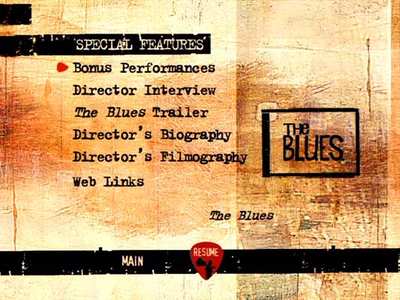
Video
The new material is nicely shot and mastered, and even the worst of the archive material stands up well.
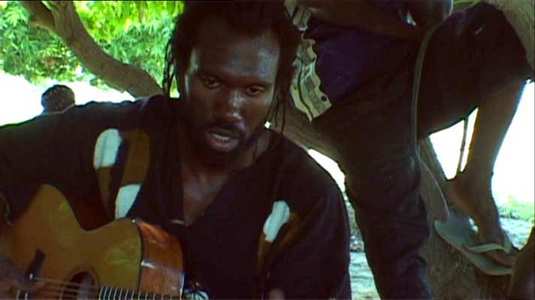
Audio
The choices are standard Dolby or Dolby Surround and either choice will give you satisfying results. Even the archive recordings have been carefully mastered and the results are better than you`d expect given the sources.

Features
You can access all the songs featured in the movie - in their uninterrupted entirety. These include numbers by John Lee Hooker, some tremendously emotional pourings from Son House, tracks by Muddy Waters, and several collaborations that feature Corey Harris. There are also some bonus tracks not featured in the film. There`s a nice Scorsese interview and his facial expression and choice of phrasing remind me, disconcertingly, of Dennis Hopper in a David Lynch movie. There`s no doubting his motives for creating the series, and he talks candidly about his own interest in the Blues. Also included are a Biography and a Filmography. Also - if this is the first of the set you pick up, you might want to run the trailer which gives you a flavour for what you might expect to find on other volumes in the series.
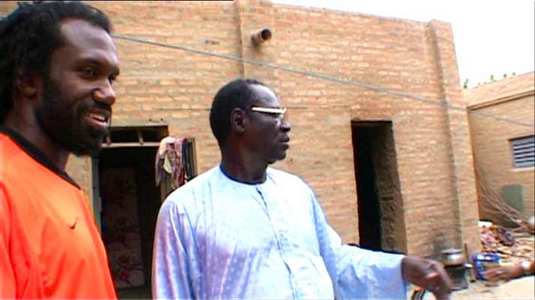
Conclusion
This is one of the more satisfying additions to the 7 DVD collection, initiated by Scorsese, that reflect different aspects of the story of the blues. This Scorsese directed disc follows musician Corey Harris on a pilgrimage to find the very roots of the blues, that takes him through the Mississippi delta and on to Mali in West Africa. It`s a gentle but moving story and the execution is superb. This disc is packed with extras too, and the all-too brief interview with Scorsese is quite magical. Thoroughly recommended.
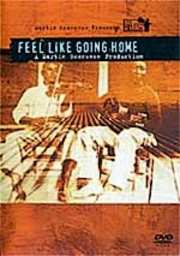






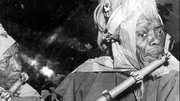
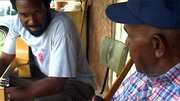



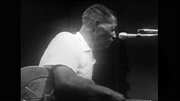
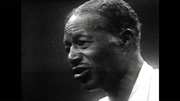


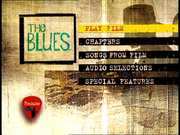






























Your Opinions and Comments
Be the first to post a comment!